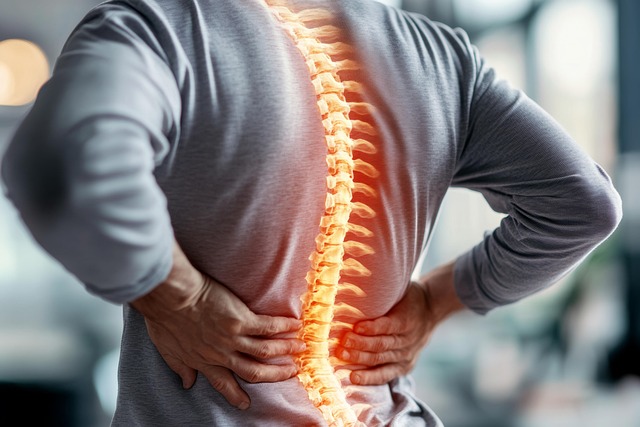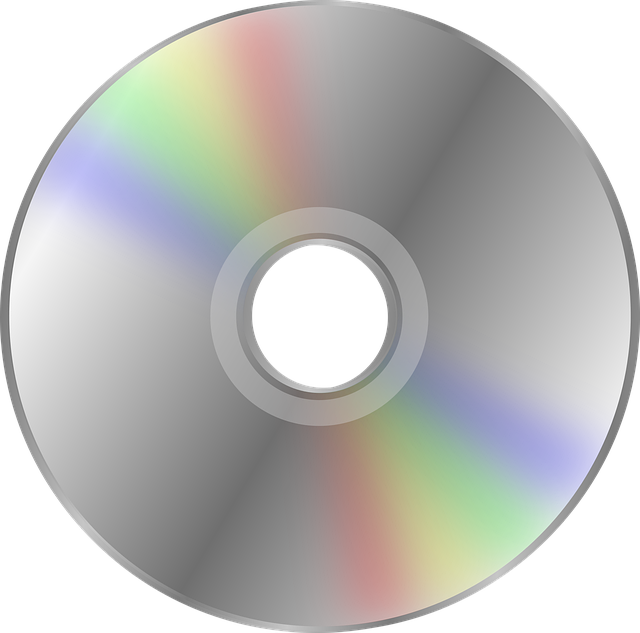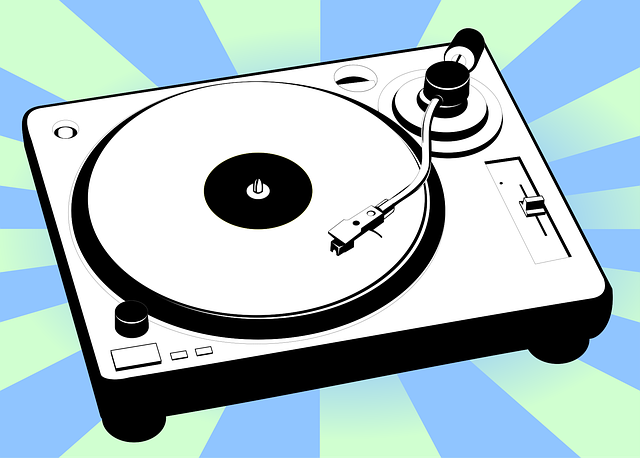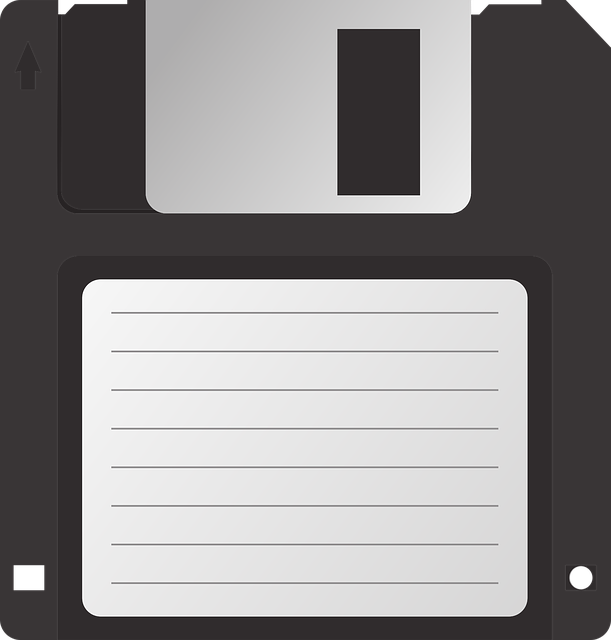Chiropractic management offers a non-invasive and effective treatment for herniated discs following a post-car crash, focusing on spinal adjustments, therapy, exercises, and heat/ice treatments to reduce nerve irritation, restore disc health, and promote natural healing, avoiding surgery for lasting relief.
“Experience a herniated disc after a car crash? Avoid surgery and discover non-surgical recovery options. This comprehensive guide delves into the intricacies of managing herniated discs, focusing on effective chiropractic management techniques post-accident. Learn how gentle adjustments can alleviate pain and promote healing. Explore proven strategies for a successful, drug-free recovery, empowering you to navigate this challenging condition with confidence. Discover natural solutions for your post-car crash discomfort.”
- Understanding Herniated Discs Post-Car Crash
- Chiropractic Management Techniques Explored
- Non-Surgical Recovery Strategies for Success
Understanding Herniated Discs Post-Car Crash

After a car crash, many individuals suffer from disc injuries, commonly known as herniated discs. These occur when the soft, gel-like material inside an intervertebral disc pushes through a tear in its outer ring. Chiropractic management is often a preferred approach for treating herniated discs post-car crash due to its non-invasive nature and effectiveness in promoting natural healing.
Chiropractors utilize various techniques to alleviate pain and improve mobility, such as spinal adjustments, massage therapy, and exercise recommendations. They also may incorporate modalities like heat or ice therapy to reduce inflammation and promote healing. Chiropractic care for herniated discs post-car crash focuses on reducing nerve irritation, restoring disc height, and improving overall spinal function.
Chiropractic Management Techniques Explored

Chiropractic management techniques have emerged as a valuable approach for individuals seeking recovery from disc injuries, particularly after a post-car crash. Chiropractors employ a range of non-invasive methods to alleviate pain and promote healing. These techniques include adjustments and manipulations of the spine, which aim to restore proper alignment and mobility to affected areas. By carefully applying pressure and force, chiropractors can help reduce inflammation, relax tight muscles, and encourage the body’s natural healing processes.
One common chiropractic management strategy for herniated discs involves spinal adjustments, where the chiropractor gently manipulates the vertebrae to improve range of motion and relieve pressure on nerve roots. This gentle approach is often paired with other modalities such as heat and ice therapy, electrical stimulation, and exercise programs tailored to strengthen the back and core muscles. These comprehensive treatments offer a conservative and effective way to manage disc injuries without resorting to surgery, enabling individuals to regain mobility and find lasting relief after a post-car crash.
Non-Surgical Recovery Strategies for Success

Non-surgical recovery strategies play a pivotal role in managing and healing herniated discs following a post-car crash. Chiropractic management is often at the forefront of these methods, focusing on adjusting and manipulating the spine to alleviate pressure off affected nerves. This gentle yet effective approach can significantly improve symptoms without the need for invasive procedures.
Additionally, a multi-faceted strategy that includes physical therapy, targeted exercises, and lifestyle modifications can accelerate recovery. Physical therapists guide patients through specific stretches and strengthening routines tailored to address disc issues. By incorporating these practices into daily life post-accident, individuals can foster better spinal alignment, enhance flexibility, and strengthen supporting muscles, all contributing to a smoother recovery journey from herniated discs suffered in a post-car crash.
After a car crash, dealing with a herniated disc without surgery is achievable through effective chiropractic management and non-surgical recovery strategies. By exploring techniques like chiropractic adjustments and targeted exercises, individuals can find relief from pain and restore function. Combining these natural approaches offers a promising path to healing, allowing folks to reclaim their lives without invasive procedures.














